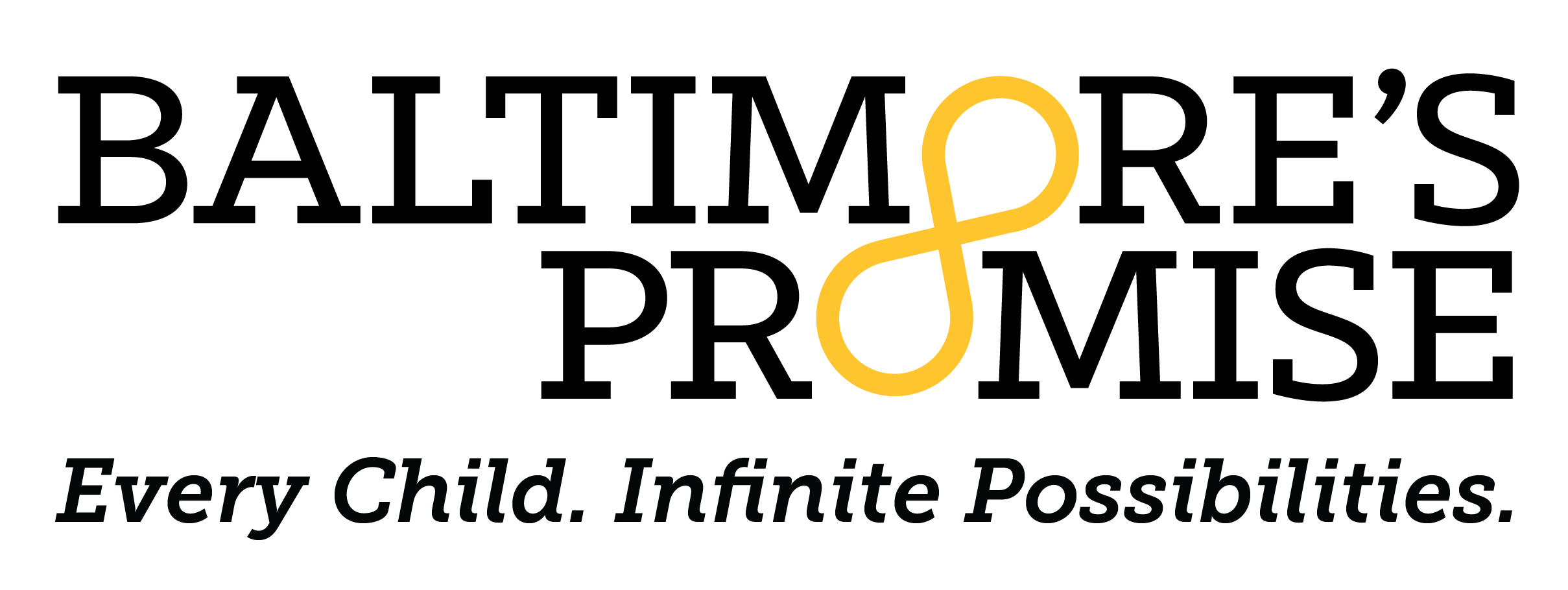G2C Career Model: From Pilot Project to Population Scale
A Conversation with Jason Perkins-Cohen Director, Mayor's Office of Employment Development
From its founding, Baltimore’s Promise recognized the importance of demonstrating the success of pilot projects that could scale to serve broader populations over time. One of the first such initiatives was Grads2Careers, which builds pathways for recent Baltimore City Public School graduates into career-track jobs in growing industries.
G2C was not Baltimore City’s first effort to expand pathways into sustainable jobs with family-supporting wages. But the sharp focus on older youth brought together stakeholders in a different way, and Baltimore’s Promise played a singular role in that process, said Jason Perkins-Cohen, director of the Mayor’s Office of Employment Development.
“Baltimore’s Promise has filled a much-needed gap, particularly from the public-sector standpoint,” he said.
When talking about the development of G2C, Perkins-Cohen described a process through which Baltimore’s Promise drew together public, private, and nonprofit stakeholders in robust discussions to consider the intervention and how it could build on past efforts—including the promising results from the One Baltimore for Jobs workforce initiative.
“It worked because … the conversations, from the get-go, were about trying to build,” he said. “Their staff helped to really lift it and push it off the shore. And then, the public systems were able to dig in and absorb this thing that had not only been created but adjusted and tested.”
A Different Type of Conversation
After G2C launched in 2018, Baltimore’s Promise staff also helped tailor the initiative to make it as effective as possible. That work entailed, for example, adapting the process of recruiting young people, including suggesting small shifts, such as texting rather than emailing participants and prospects or re-phrasing communications.
“It wasn’t that the [original model] was completely wrong, but it just needed to be adjusted,” Perkins-Cohen explained. “The opportunity wasn’t resonating the way it needed to with youth. We were adulting and thinking that things might make sense to a 16-year-old when they really didn’t. … And, if we don’t fix that or improve it, it’s the kind of thing that can tank the whole program.”
Without the institutional formality of city government or the school system, Baltimore’s Promise also offered a different type of conversation with partners and participants, he said. And he said it was clear that the organization’s end goal was always to support young people; it did not seek to take credit for the initiative or to undercut past successes, and it didn’t have its “elbows out” when asking for changes.
“Full credit to Baltimore’s Promise, but so often [organizations] feel like it cheapens what they’re trying to do by recognizing what helped to create” an initiative, Perkins-Cohen said. “This was the exact opposite approach. It was: ‘Let’s lean into this thing that has evidence that it works.’”
As G2C enters its next phase, Perkins-Cohen said the public sector has picked up most aspects of the program, but still relies on Baltimore’s Promise to serve as an objective, analytical observer—for now.
“We are kind of like an ocean liner and we can’t move that fast,” he said, of a full transition to the public sector. “We should be intentional about how to step up and fully absorb” the work.
